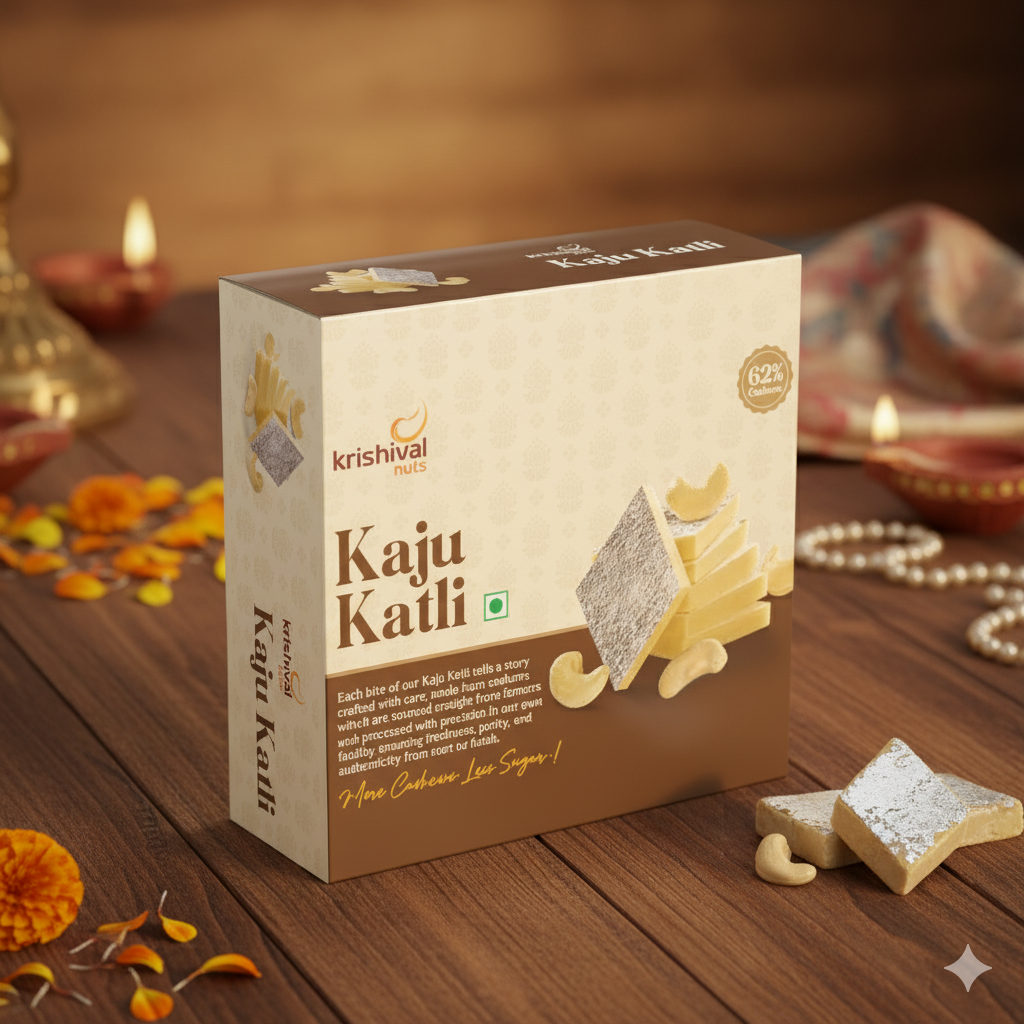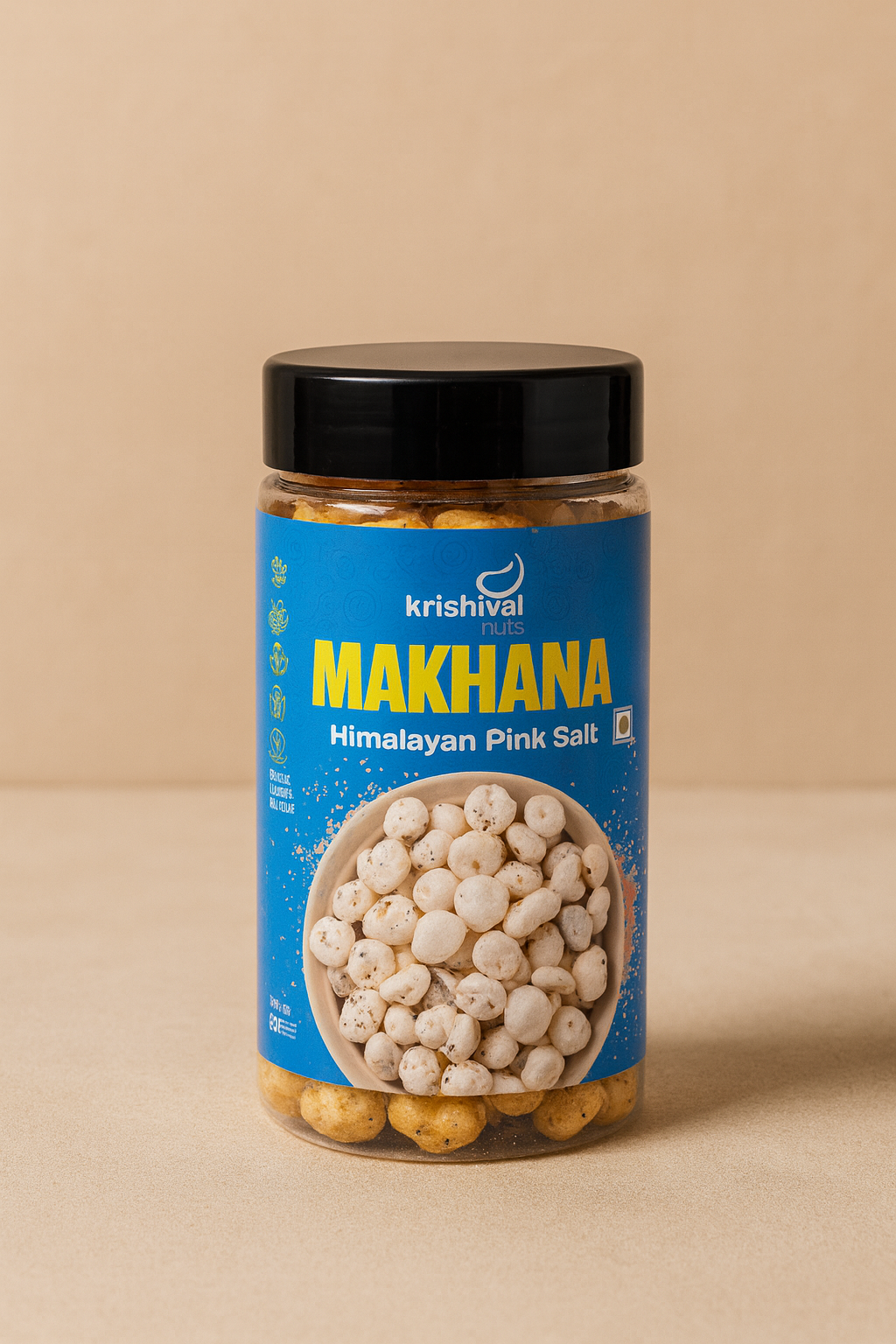While most people consider almonds nuts, they are seeds of the almond tree’s fruit. This small superfood has a fascinating history from being admired in ancient cultures to becoming a staple food in modern diets.
Almonds are packed with nutrients that offer various health benefits. But what makes it different from the true nuts like walnuts or hazelnuts? Their classification as drupe seed sets them apart and their journey from tree to the table is captivating.
In this article, we’ll uncover the surprising facts about almonds, their health benefits, and why they continue to be one of the most popular superfoods in the world.
What is an almond?
Almonds are edible seeds and an economically important crop tree. It is native to southwestern Asia. They are grown primarily in Mediterranean climates between 28 and 48 degrees, between 20 and 40 S. California produces nearly 80% of the world’s supply.
Almonds grown as nuts can be eaten raw, blanched, roasted and are commonly used in pastries and candy. They are high in protein and fat. It also provides a small amount of iron, calcium, vitamins A, B complex and E.
Types of almonds
There are two varieties: sweet almond and bitter almond. Sweet almonds are the familiar edible type consumed as nuts and used in cooking or as a source of almond oil or almond meal. The oil of bitter almonds is used in the manufacture of flavouring extracts for foods and liqueurs such as amaretto, though prussic acid must first be removed.
Bitter almonds and sweet almonds have similar chemical composition. Both types contain between 35 and 55 per cent fixed oil (nonvolatile oil), and both feature the enzyme emulsin, which yields glucose in the presence of water. Bitter almonds have amygdalin, which is present only in trace amounts in sweet almonds, and the oil of bitter almonds contains benzaldehyde and prussic (hydrocyanic) acid.
H2 - Health benefits
Lower cholesterol
Eating almonds helps to lower levels of the bad kind of cholesterol, called low-density lipoprotein (LDL), and increase levels of the good kind, high-density lipoprotein (HDL). Almonds also have anti-inflammatory properties to help protect you from heart disease.
Keep a healthy weight
Although they're high in calories, almonds could help to reduce your risk of weight gain and obesity as long as you pay attention to portion size. The protein and fibre in the nuts help you feel full faster, so you can better control your calorie intake while still satisfying your hunger.
Lower blood pressure
The vitamin E, potassium, and calcium in almonds could help to lower your blood pressure, which helps protect against heart disease. Regular exercise like walking or swimming, strengthens the heart and improves circulation. A balanced diet should be rich in fruits, vegetables and whole grains.
Strengthen bones
A healthy body is the foundation of strong bones. It supports movement, protects organs and stores important minerals. But as we age, bone density decreases, increasing fracture risk. The good news is that it strengthens the bones by proper nutrition, exercise, and lifestyle choices.
Improve blood sugar control
Almonds can help curb blood sugar spikes after meals by slowing down digestion and preventing rapid glucose absorption. Their high fibre, healthy fats, and protein content contribute to better blood sugar control, making them a great snack for people with diabetes. Regular consumption may improve insulin sensitivity and overall metabolic health.
Improve gut health
Recent research appears to suggest that almonds may help protect the health and immunity of your gastrointestinal (GI) tract. A healthier gut means a better immune system and a stronger body.
Surprising facts about almonds
Most Almonds Come From California
The climate in California makes it suitable to grow almonds. They come from the commercial market. The United States is the dominant manufacturer of almonds.
Almonds Grow on Trees
Some people imagine that they grow on bushes, but almonds grow on trees. Of course, what most people think of as the almond is the kernel. When almonds grow on trees, the kernel is surrounded by a shell and a hull. You might have seen the shell of an almond before, but it is not as likely that you have ever seen the hull of an almond.
You Can Eat Almonds Before They Are Ripe
Most plants are inedible until they become ripe enough. However, before almonds become ripe, they are called green almonds. Green almonds are another tasty food, so you can enjoy almonds early in the season. In fact, many restaurants are starting to follow the trend of providing green almonds as snacks.
Harvesting Almonds Requires Shaking
The harvesting process for almonds is unlike practically any other harvesting process in the world. However, people do not pick almonds by hand. Instead, powerful machines grab the almond trees and then shake them with incredible strength. As a result, the almonds are shaken off the tree and fall to the ground all at once.
The Biggest Customer for Almonds Is Chocolate
Most of us are customers of almonds in one way or another. However, the largest customer of almonds in the world is the chocolate industry. The size of the almond industry may be largely the result of how much demand there is for the combination of chocolate and almonds. If demand for chocolate ever diminishes, we may find that almond demand goes down as well.
Growing Almonds Is Becoming Sustainable
In recent history, more and more people are concerned about sustainability. In particular, California has been suffering from a drought. However, the almond industry is doing its part to help diminish the stress caused by this drought.
In recent years and decades, almond growing and harvesting techniques have evolved. New practices for farming almonds allow farmers to create as many almonds as before while consuming only 2/3 as much water. On top of that, there are new technologies in the works that may help drop this number even more.
All Commercial Almonds Are Pasteurized
Some people prefer to buy raw almonds. However, the raw almonds you buy in the United States have all been through the pasteurization process.
Just as pasteurization helps to prevent bacterial growth in milk, so it helps to prevent it in almonds. This process makes almonds safer to store and eat after weeks and months.
However, if you want raw almonds that have not been through the pasteurization process, you might have to look somewhere else. If you speak with almond farmers directly, you may be able to purchase fresh almonds that have never been pasteurized. There is a good chance that you have never tasted almonds this way before.
Almonds Have a High Protein Content
Another great nutritional fact about almonds is that they contain lots of protein. When you exclude animal products, you will find that almonds are close to the top of foods that contain protein. A variety of nut butters serve as great sources of protein. Adding some almonds to your meals might give you the protein your body needs to help grow healthy and beautiful skin and hair. The protein in almonds will also help you to build up your strength and muscle during exercises.
Almonds Are a Great Energy Booster
Almonds contain vitamin E, magnesium, and a long list of other nutrients. The nutritional profile of almonds can help people keep their blood pressure and even their blood sugar levels as low as they should be. Almonds can even help people lower their cholesterol. Almonds promote a healthy heart. At the same time, people enjoy almonds as they provide a great energy boost. Almonds have healthy fats and proteins that help to provide energy throughout the day.
Conclusion
While almonds are commonly thought of as nuts, they are seeds of a fruit, classifying them as drupes. Despite this botanical distinction, almonds remain a nutrient-rich superfood packed with health benefits. Whether classified as a nut or not, their role in a healthy diet is undeniable and widely appreciated.
FAQs
q1. Can you eat almonds all day?
No moderation is important. The daily serving is about 1 ounce or 30 grams. This amount is enough to offer a healthy dose of nutrients without overdoing it on calories.
-
How do almonds differ from true nuts?
True nuts, like walnuts and hazelnuts, remain encased in a hard shell that does not split open naturally. Almonds, on the other hand, come from a fruit that splits open, revealing the seed inside.
-
Is an almond a nut or a seed?
Almonds are technically seeds, not true nuts. They are the edible seeds of the almond tree’s fruit, which classifies them as drupes, similar to peaches and cherries.
-
How do almonds differ from true nuts?
True nuts, like walnuts and hazelnuts, remain encased in a hard shell that does not split open naturally. Almonds, on the other hand, come from a fruit that splits open, revealing the seed inside.
-
Are almonds safe for people with nut allergies?
Almonds can trigger allergic reactions in some individuals with tree nut allergies. It’s best to consult a doctor before consuming them.
-
Do almonds have the same health benefits as true nuts?
Yes! Almonds are rich in healthy fats, protein, fibre, and essential nutrients like vitamin E and magnesium, making them just as nutritious as true nuts.
-
What is a drupe, and how does it relate to almonds?
A drupe is a fruit with an outer fleshy part and a hard shell enclosing a seed. Almonds are the edible seeds of drupes.
-
Are almonds safe for people with nut allergies?
Almonds are classified as tree nuts in allergen labelling, so individuals with nut allergies should consult a doctor before consuming them.
-
Do almonds provide the same health benefits as nuts?
Yes! Almonds are rich in healthy fats, protein, fibre, vitamins, and minerals, making them just as nutritious as true nuts.
-
How are almonds processed before consumption?
Almonds are typically harvested, dried, and sometimes roasted or blanched before being sold as whole nuts, slices, flour, or milk.








